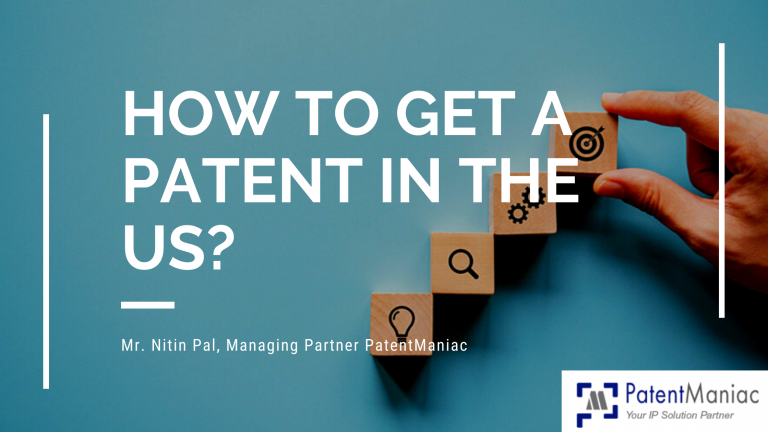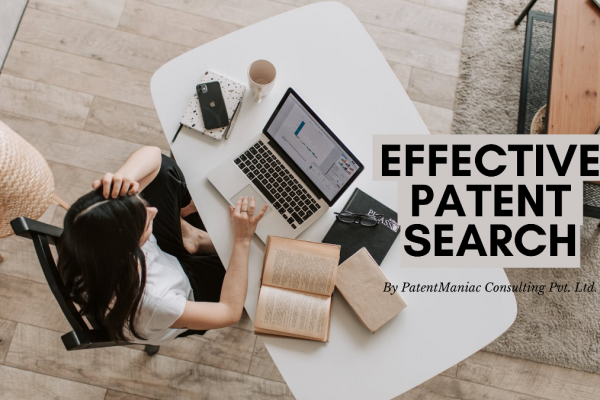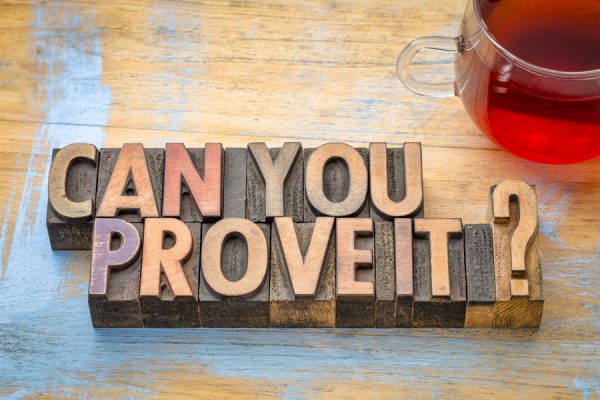The United States is the innovation hub for various technologies based inventions that are filed with the patent office (USPTO) directly or with a foreign priority. Every year, hundreds of thousands of patent applications (Provisional or Non-provisional) are filed with the U.S. patent office. Each application covers a novel idea that requires a thorough inspection by examiners of the patent office before issuing a patent.
It is to be understood that an idea’s inception needs to follow a set of procedural steps through an experienced patent attorney, who works along with you to interact and prepare the patent application to be accepted by the U.S. patent office. One wrong step can sabotage a complete patent application and lead to thousands of dollars loss.
Hence, from an inventor or company standpoint, it is highly recommended to follow each step comprehensively in order to get a patent on your invention.
The steps that are pillars to a strong patent application include:
I. Conducting a Patent Search on the Idea – Whether your invention is a novel method, product of both, it is very much important to review what is there in the market (normally termed as Prior Art Search) that is exactly similar or nearly similar to your invention. This step is crucial and acts as a guiding path for polishing your invention and the patent application in general.
II. Choosing Patent Application Path – Based on the Patent Search conducted, the patent attorney can discuss the position of your invention with the degree of closeness of the Prior Art identified. Once it is discussed, the attorney can advise to follow one out of provisional and non-provisional. The provisional application gives 1 year to the inventor to improve and finalize the invention so that it doesn’t look similar to what has been identified in the patent search. Otherwise, Non-provisional is recommended.
III. Drafting the Patent Application – This is the most crucial and important step in the complete process which defines boundaries in your invention. A carefully written patent application allows easy prosecution and shall cover the boundary of your invention without breaching anyone else. The patent attorney shall write and review the patent application and take inputs from the inventor at each step, so that there is no technical or legal limitation to the claims of the invention. Hiring a right set of legal experts to draft a patent application is really important as it directly controls the patent prosecution cost.
IV. Filing the Patent Application – Once the patent application is drafted and reviewed by the patent attorney and inventor, it is ready to be filed with the patent office (USPTO). The U.S. patent office accepts either E-Filing or Paper-filing via a licensed patent agent or attorney registered to practice with the U.S. patent office. It is to be kept in mind that each way of filing the patent application requires the inventor to provide certain information to the patent agent or attorney like Name, Address, Financial Status (for discounted patent filing fee). Once all these details are filled on your behalf by the appointed patent agent or attorney, you receive a filing receipt that the patent agent or attorney will share with you, along with all other documents received from the U.S. patent office.
V. Publication of the Patent Application – From the day of filing the patent application, the U.S. patent office publishes the patent application for view to the public within 18 month(s) from the day of filing. This is to ensure that the patent application is open in public domain and can be reviewed directly. Sometimes, for specific technical area(s) that are related to national security, the patent application is not published but issued directly as a patent.
VI. Examination of the Patent Application – The published patent application is now allocated to an art unit, which is a technical department of patent examiners who are subject matter experts. This assists in reviewing the application at pace. If the patent examiner allocated from the art unit with the U.S. patent office finds your invention not novel, he/she can issue an objection to the patent application (specifically to the claims of the patent application) and send it over to the appointed patent attorney to respond within a time frame allocated. Based on the type of objection, the patent attorney might consult with the inventor and file a response to the office action with agreement or denial of objection raised. A couple of such office actions are generally common with a patent application. However, that cannot hold true for each idea.
VII. Issuing a Patent– Once the examiner and patent attorney have agreed or come to a common standpoint on the patent application, the patent office approves a patent to the inventor and gives the inventor rights to the invention for a period of 20 years from the date of filing.
In case of any queries, please reach PatentManiac at mail@patentmaniac.com.





